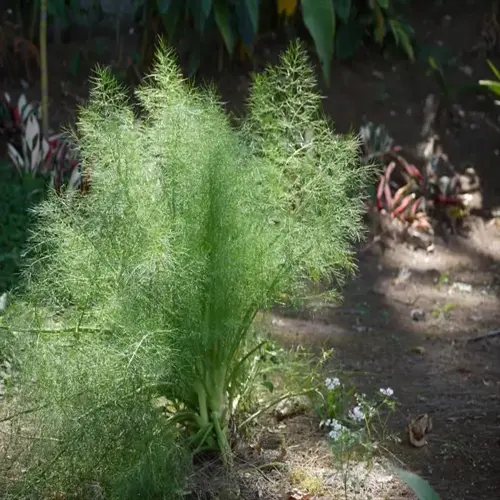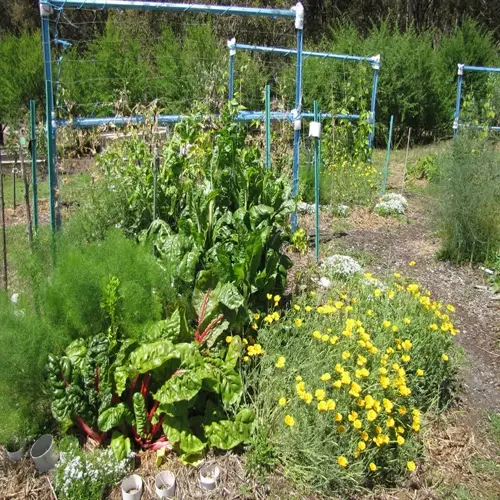What are common cilantro storage mistakes?

Written by
Kiana Okafor
Reviewed by
Prof. Martin Thorne, Ph.D.Proper storage of cilantro helps prolong its freshness and flavor. You can destroy your harvest quickly with common mistakes. I have learned, through experience, the best way to extend shelf life. Wet leaves spoil quickly. Containers that "breathe" will cause leaves to wilt soon. Once again, understanding where to store cilantro is just as important as knowing how to store it properly.
Moisture Mishandling
- Refrigerating washed leaves traps water promoting mold
- Inadequate drying before storage causes bacterial growth
- Wet stems rot faster than properly dried ones
Container Issues
- Airtight containers without ventilation suffocate leaves
- Plastic bags cause condensation buildup
- Oversized containers crush delicate stems
Environmental Factors
- Sunlight exposure degrades chlorophyll rapidly
- Ethylene gas from nearby fruits accelerates decay
- Temperature fluctuations increase moisture loss
The water jar technique works best for charge. Stem placed upright in jars with water one inch high. Cover loosely with plastic bags to form humidity domes. Change water every two days. This is also comparable to the conditions we store fresh plants. I regularly extend harvests with this technique.
Fruits that produce ethylene can create unique storage challenges. For example, apples, bananas, and tomatoes make a gas that speeds the ripening process. Store cilantro away from them in refrigerator drawers. Store in airtight containers with ventilation holes only. Maintain a cold and consistent temperature, and ensure the cilantro does not freeze.
Preparation Steps
- Gently wash leaves removing soil and insects
- Spin dry thoroughly in salad spinner
- Trim stem ends before water placement
Refrigerator Placement
- Use high-humidity crisper drawer settings
- Position away from refrigerator vents
- Isolate from ethylene-producing fruits
Revival Techniques
- Soak wilted stems in ice water 15 minutes
- Trim discolored portions before use
- Pat dry completely after reviving
Long-term storage prevents spoilage. Freezing will preserve flavor better than drying. For freezing, briefly blanch leaves, and then place them in oil for freezing. Salt-curing will create a seasoning that lasts a few months. Remember to label each herb with the date. Use stored herbs within the timeframe specified.
Identify spoiled cilantro right away. Mold will appear as white fuzzy patches. Bacterial growth will be visible on slimy stems. Off-smelling cilantro should be thrown out. Yellow leaves lost their nutritional value. Use cilantro before these time limits are breached.
Read the full article: How to Grow Cilantro: Ultimate Beginner Guide

